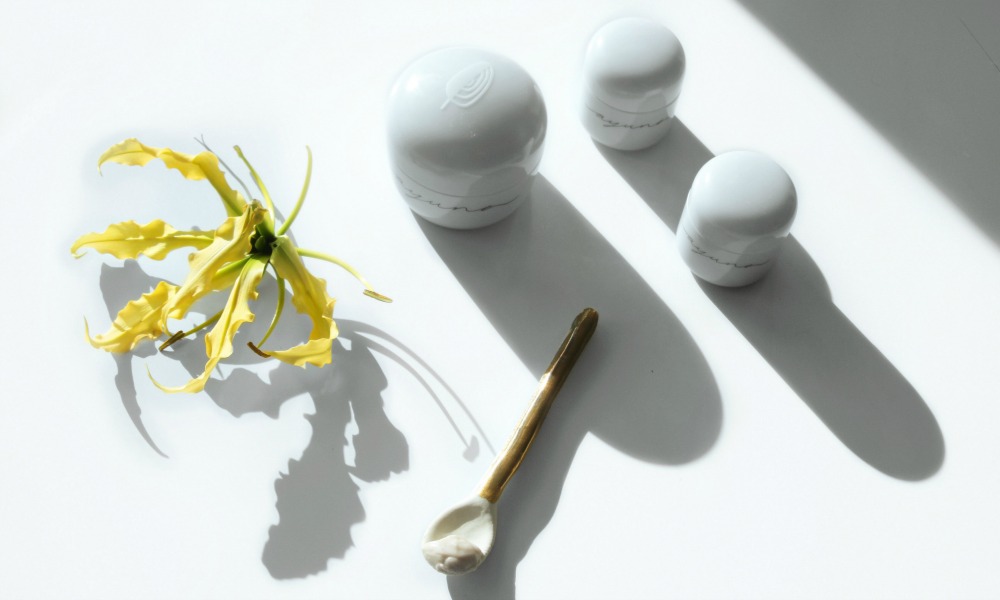
Lola Gusman (@hermeshippie) gets it. She’s my favourite “Green Beauty” expert/blogger with a refreshingly measured P.O.V which I can appreciate. The fact that we order food the same way and quote from movies to properly communicate a point is sweet AF. So, naturally I turn to her for a reasonable explanation of the different terms commonly used in Green beauty since I get requests all the time for ‘natural’ or ‘non-toxic’ product recommendations – honestly, those terms are perplexing yet so widely used. Enjoy some enlightenment and one of my favourite reads from Lola!

“A rose by any other name would smell as sweet”.
The sentiment is certainly true enough when it comes to flowers and objects of Shakespearean affection, but in the billion dollar natural beauty industry, the seemingly simple matter of names or industry terms becomes an issue thorny enough to cause fierce debates both within the green beauty industry and among its critics. To a casual observer, the fights over nomenclature might seem like so much navel gazing, insider-y nonsense. The fact of the matter, however, is that in an industry built on integrity, trust, a break from convention, purity and, yes, a healthy dose of fear-mongering, choosing the right term can mean the difference between success and failure, whether with consumers, retailers or the press. At the same time, the constant shuffling, refining and redefining of terms can leave an average consumer thoroughly confused. Should you buy products from green or natural brands? Are organic products truly organic? Just how safe are safe cosmetics? Well, I am here to help demystify green beauty and create a comprehensive taxonomy that is guaranteed to be up to date for at least a week or two.
Before we get to the name calling, a quick word about my own relationship to green beauty. I am, unquestionably, a passionate fan and champion. I love the industry, adore the many brand founders I call friends and, most importantly, my skin is better at 41 than it was in my 20s. I credit this entirely to the green beauty products I use. I do not use green beauty products because I think conventional beauty will kill me. I use them because I truly believe that they offer far greater quality, effectiveness and price than most conventional beauty. I also think that the transparency on which the industry prides itself helps avoid the La Mer Conundrum: i.e. a situation where a beauty conglomerate acquires a truly revolutionary formula (both Renee and I have used the OG La Mer and can attest to its near-magical powers) and turns it into fancy smelling Vaseline. Still, the green beauty industry is far from perfect and deserves a lot of the criticism it gets. And so I start my taxonomy with Terms That Make You Go Ugh.
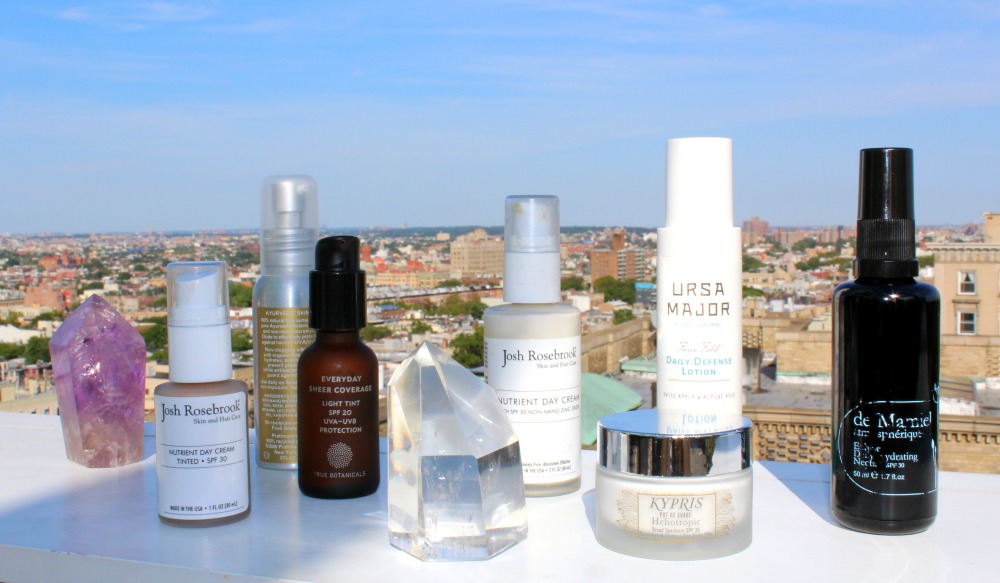
Chemical-Free and Non-Toxic.
If you see a brand claim its products are chemical-free, you should probably put it back on the shelf and back away slowly. Any time you delve into a comment section of a post or an article discussing green beauty, you are guaranteed to come across at least one snarky “water is a chemical, you idiots!” comment. And while it grates to think that anyone associated with green beauty is thought of as an anti-science moron (SO not true, by the way), the comments aren’t wrong. Frankly, terms like “chemical free” make the entire industry look bad. Look, I know what they mean: the term is meant to be a shorthand for “free from toxic/harmful chemicals”. Yet, the fact of the matter is that, as phrased, the term is incorrect, unscientific and short-sighted. Why would a brand run a risk of its customers thinking they don’t understand the basic tenets of science? And if they are this lazy and thoughtless about their marketing, does this thoughtlessness translate to their formulas? Frankly, with all the alternatives out there, I’m in no rush to find out.
Non-toxic is my personal green beauty bête noir. I have written about my problem with the industry’s focus on the alleged danger and toxicity of conventional beauty a couple of years ago, and my discomfort with that messaging only grew over the years. The fact of the matter is that there are very few cosmetic ingredients that have been conclusively and scientifically linked to illness. Are there ingredients that give me pause or even cause for concern? Of course! Personally, there are only three ingredients I avoid like the plague: triclosan (concerning scientific evidence of harm, while not being essential in any product and potentially contributing to antibiotic resistant bacteria), aluminum (the scientific evidence is inconclusive, but there is a worrying possible link to breast cancer when used in deodorants, as well as a possible link to Alzheimer’s disease) and sulfates (horribly drying for the skin and hair). I also avoid parabens as a personal preference, but most parabens have been demonstrated to be safe and effective. I think it’s important to inform consumers that certain ingredients may be of some concern or that studies have demonstrated possible risks associated with them, but it’s quite a leap from “concerning” to “toxic” or my personal favorite “it’s poison!”. The fact of the matter is that pretty much everything is toxic if taken in excessive quantities, including water. I happen to take a “better safe than sorry” approach to skincare and I think it’s sensible to do so if one is so inclined and can afford it (crucial!), but those who don’t shouldn’t be scared into it. Green beauty has so much to offer – I think it can thrive without fear and negativity. I know I have an uphill battle with this one and I won’t shun a brand just because they use the term, but I am definitely not a fan.
Before I get into the less objectionable terms, I wanted to address a criticism often leveled against the green beauty industry because of them. Occasionally, I see a beauty blogger dismiss green beauty terminology as meaningless marketing terms. Strictly speaking, this charge is not wrong. It is, however, thoroughly unfair. A huge number of widely accepted and commonly used beauty industry terms are nothing more than marketing lingo, rather than something backed by science. Anti-aging products, for example, do not stop us from aging (which is probably for the best, since the alternative to aging is dying young); brightening products don’t actually brighten our faces (unless that product happens to be a flashlight); and has anyone’s face actually felt firmer after using a firming serum? Could green beauty stand to come up with some more accurate and universal terms? Probably, and I’m sure that the marketing genius who does so will make a killing. But dismissing its terminology as marketing gibberish seems churlish at best and disingenuous at worst.
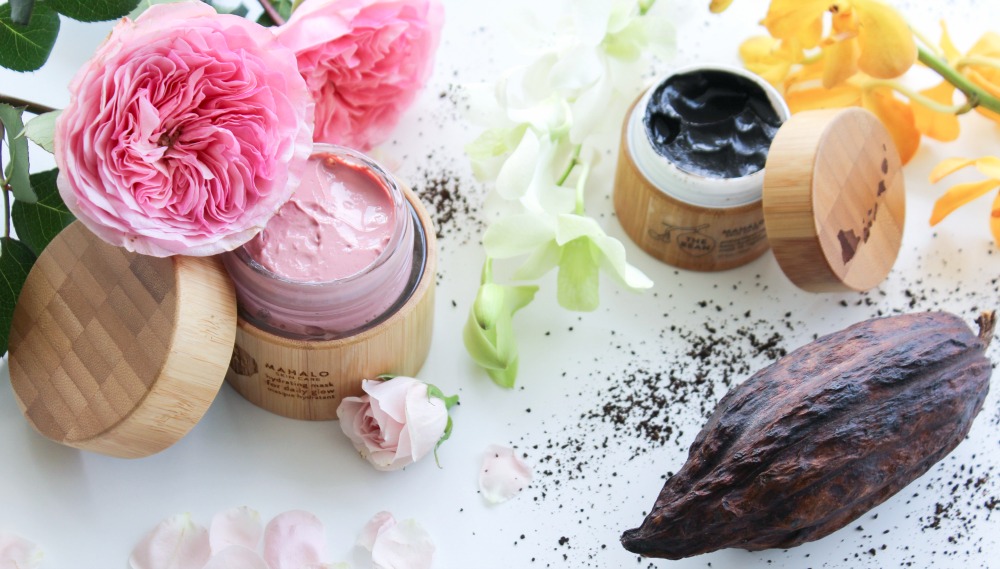
Organic.
No term causes more confusion when it comes to green beauty and it has, unsurprisingly, fallen out of favor with industry insiders. The main problem with this term is that it is both too specific and too generic. Confused? Let me explain. In the US, the designation of a product as “organic” falls within the purview of the USDA (i.e the Department of Agriculture). Since cosmetic products are regulated by the FDA, however, it essentially means that unless a product is actually certified organic, “organic” becomes a mere marketing term. A lot of brands that are thought of as being “organic” are anything but and would not, in fact, pass muster of even the most forgiving green beauty consumer. At the same time, products and brands being certified organic isn’t necessarily a guarantee of them having the best ingredients or formulas.
In order for a product to be certified as “organic” either by USDA or by a third party certifying body, it would have to be produced only with certain allowed ingredients, contain a certain percentage of organic ingredients and not contain genetically modified organisms. At first glance it may seem as a no-brainer: organic products are the best/purest/safest around. Unfortunately, it’s not quite so simple. To begin with, some certifying bodies have a relatively low threshold percentage of organic ingredients for a product to qualify. They also allow for ingredients to be derived from organic plants, which means that the final ingredient can be much closer to a synthetic than a plant. In fact, the USDA has the highest standards around, but the certification process can be costly and difficult. One of my favorite brands, Laurel Skin, has one of the highest ingredient standards possible and gives a pretty in depth explanation for why they chose not to pursue organic certification, even through their products are fully organic. Then there is the matter of small farmers who may have the highest standards of sustainability, but don’t have the means to be certified organic. Certain brands focus on ingredient integrity and quality, but do not fixate on their organic certification. A brand like In Fiore, for example, uses a mix of organic, wild-crafted and biodynamic ingredients, is not certified organic and I consider it to be on the vanguard of the very best of green beauty.
Natural.
“Natural” used to be my preferred term for what I now call green beauty. It’s simple, clear and sets out the difference between products that use natural ingredients vs synthetics. The trouble with “natural” is that it has been quite comprehensibly co-opted and greenwashed by conventional brands. Brands like Aveeno refer to using natural ingredients and while this is factually correct, those ingredients are used in low concentrations alongside parabens, chemical sunscreens and pretty much every other ingredient on any green retailer’s or brand’s “usual suspects” list of ingredients to avoid. It is certainly not my intention to pass judgment on anyone who chooses to use conventional products. I do, however, object to brands capitalizing on the green/natural beauty trend by possibly misleading the less educated or ingredient-savvy consumers. I appreciate the simplicity and ease of “natural”, but I recommend not accepting it as gospel.
Green and Clean.
These two are often used interchangeably, but they mean different things to industry insiders. When it comes down to it, both terms mean products free from suspect/problematic ingredients, utilizing primarily, if not exclusively, natural ingredients. Some brands have recently accepted “green” as the more stringent of the two terms. A truly green product, for example, will not contain phenoxyethanol – a preservative that has recently been on the receiving end of controversy, after being called out as not being sufficiently safe. From the perspective of a beauty consumer, the distinction is less important. What matters, is that these two terms have been least co-opted and greenwashed. Whether a brand calls itself green or clean, there is a pretty strong chance that it will stand behind the integrity of its products. Of course, internecine warfare is an unfortunate aspect of the beauty industry and green beauty is not immune to it. Some green beauty brands call out their competitors, either directly or obliquely, for not living up to a self-imposed standard of purity. Some of these conversations are productive and help raise industry standards and others are self-serving bullying dressed up as concern trolling, but ultimately, the only thing that should matter to a consumer is the quality and integrity of ingredients and formulas.
Safe Synthetics.
Any skincare junkie knows that there are plenty of fabulous synthetic ingredients that are both safe and effective in addressing various skin concerns. One obvious example is retinol, but there are plenty of others. Does using such synthetics jeopardize a brand’s green credentials? To complicate matters further, some ingredients may be plant-derived, yet have been processed to such a degree that calling them natural would be quite a stretch. Many green brands will use some safe synthetics, be it retinol, CoQ10 or plant-derived surfactants. Personally, what matters to me is safety and efficacy, so I view safe synthetics as a welcome addition to some of my favorite green products. Ultimately, it’s up to a consumer to decide whether to avoid synthetics altogether and there are plenty of brands that will cater to their plants-only preference. I should point out, however, that by shunning any and all synthetics they would be denying themself access to whole universe of excellent skincare.
Clear Beauty, Sustainable Beauty, Eco Luxury, etc.
Green beauty terminology undergoes constant adjustment and refinement. As the industry continues to grow, certain brands seek an ever increasing standard of quality. For some of them, the goal is complete sustainability, for others, full transparency. Along with refining their formulas and business practices, these brands are attempting to create terms that reflect their commitment. Of course, these noble attempts could have the unfortunate side effect of further confusing consumers, but I do appreciate their intent. This drive to do better is one of the things I love about the green beauty industry. Terminology will get settled eventually and it will no longer be confusing, novel or baroque. What will remain is excellent products, passionate brand founders and a greater standard of quality becoming an industry-wide practice. And in the end, that’s the only thing that matters.
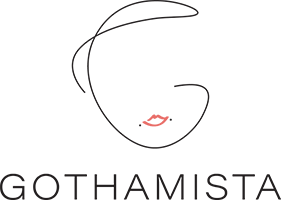
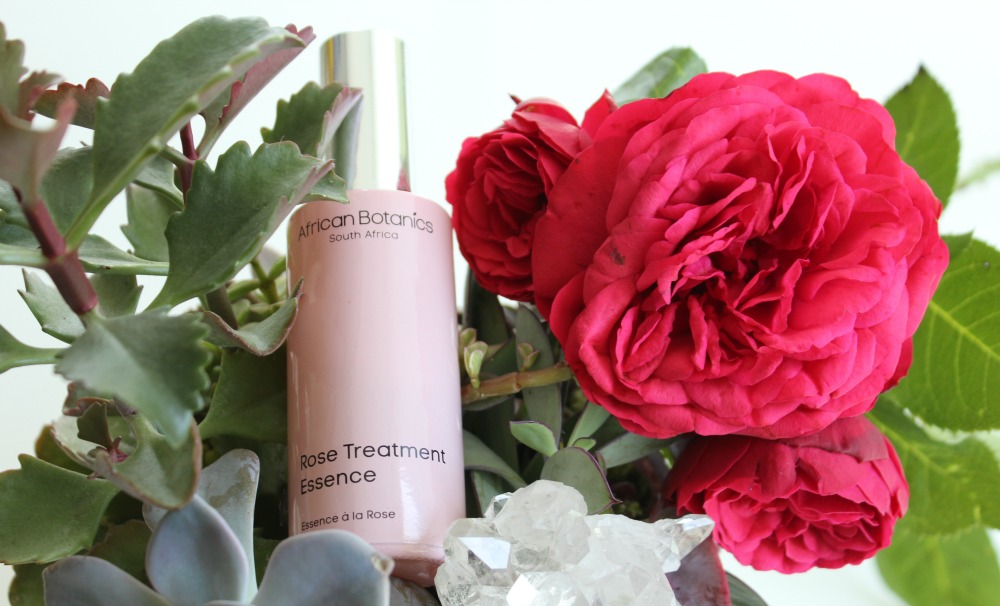
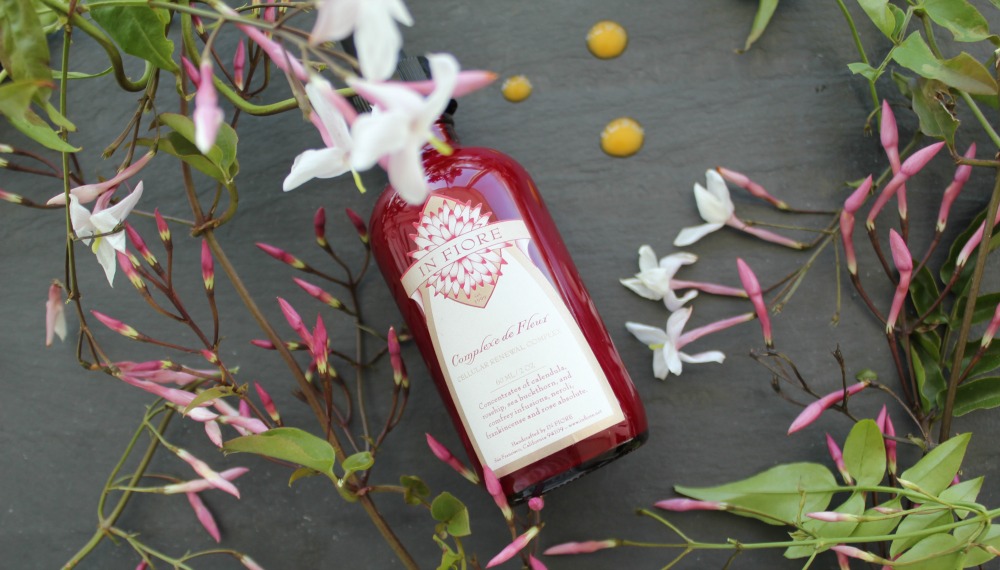
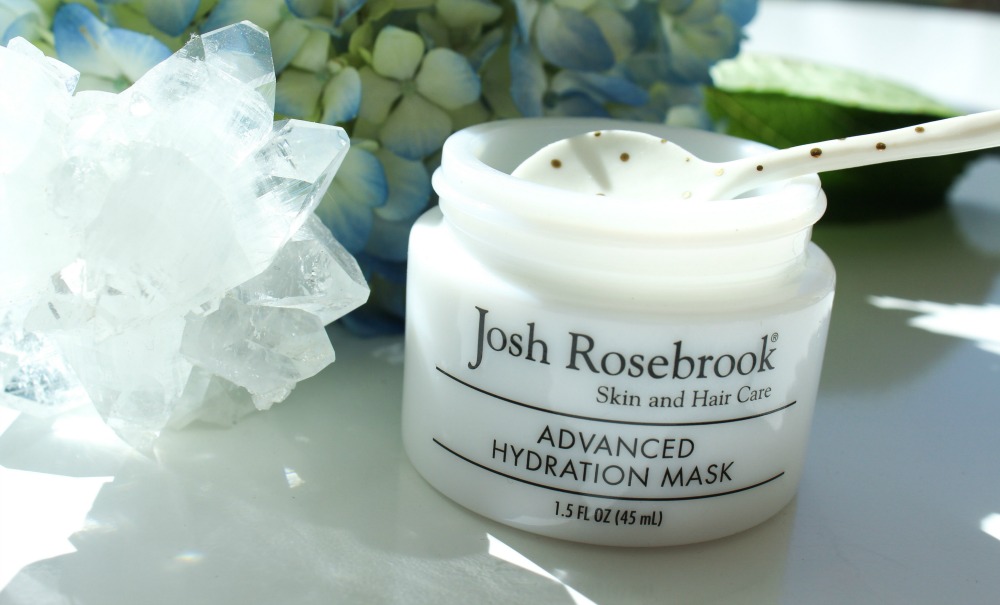
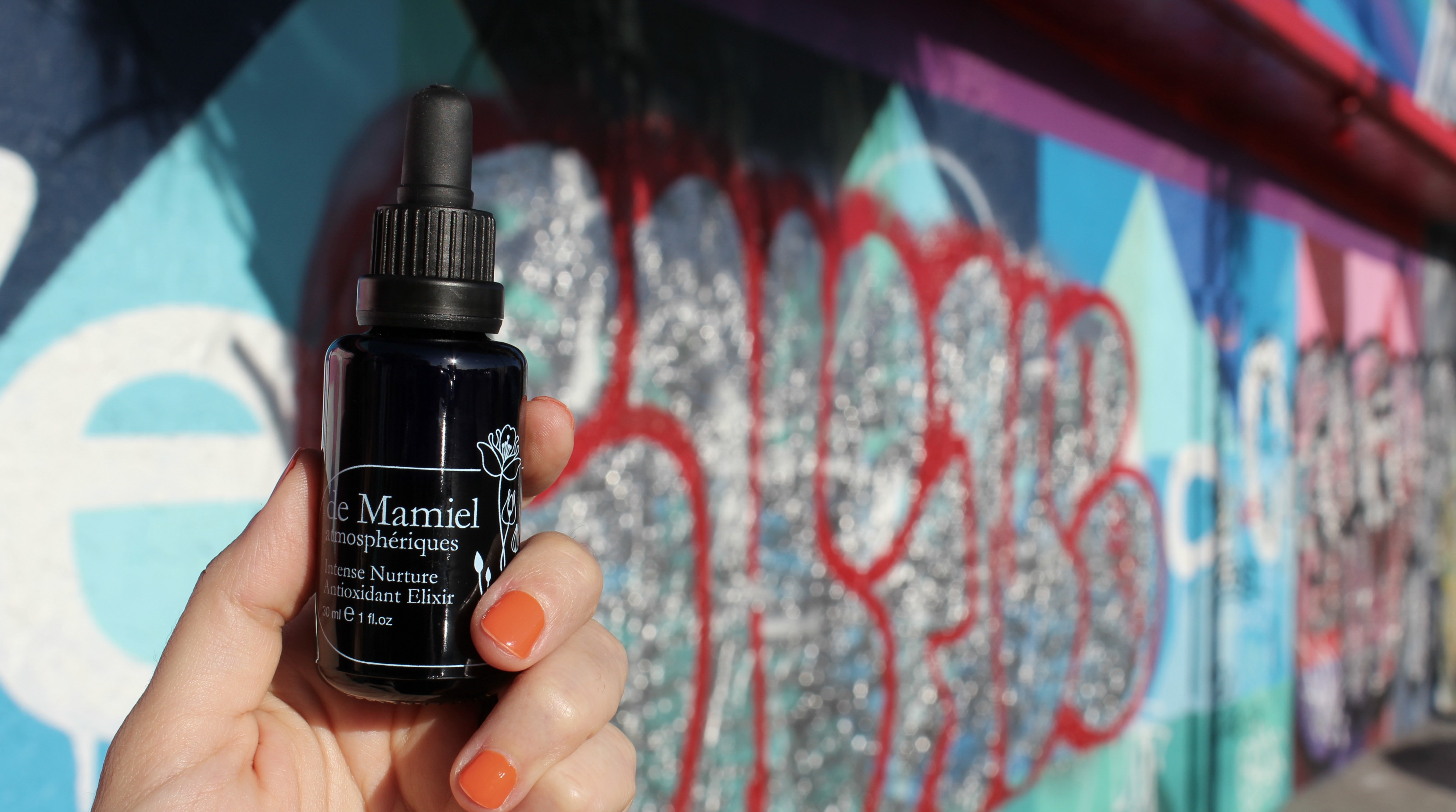
Great post and distinctions between these terms. It can get confusing and all of the free washing certainly doesn’t help.
Thank you for this great post! Lola is such a dedicated person and writer! What a dream that you are friends and now share your thoughts together with us! 🙂
I’m someone who will buy anything (within my budget!) so it’s been helpful to me to have those science/beauty bloggers explain what ingredients I should look out for but more importantly, what I should avoid.
I love, love, love essential oils and smelling like a freshly plucked flower, and every new product would immediately work, transform my skin from rough to smooth … but one week or so after using my new favorite product more than once, I would get the same skin reactions. So now, I know to say no to vanilla and rose and tea tree … because I’m allergic to all of them! Keep it simple and sunscreen to avoid future damage. And save up for the heavy hitters – like Retin A and a laser treatment to fix all the damage I did putting volatile fragrance oils on my sensitive skin for 40 years. So I would like to chime in on this as a long time viewer/reader of this blog that it’s so helpful to have that kind of scientific info out there, easily accessible and what a huge disservice the entire cosmetics industry does to us by saying something is fragrance free when it isn’t or all natural (what even is that?) to prey on our needs for simple and effective skin care so they can make a lot of money off of us without being upfront and honest about what’s in their products.
I think the MLM charged essential oil wave that is becoming so common in social media has a LOT to answer for with people getting absolutely sick of these “natural and organic” claims to product that is borderline neither natural or organic. I know I personally have developed a unnecessary skepticism when I see a skincare range making the “bUt wE’rE cHeMicAL FrEe, gUys” claims.